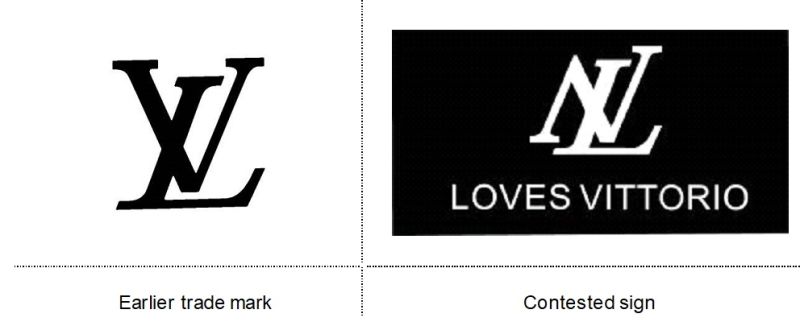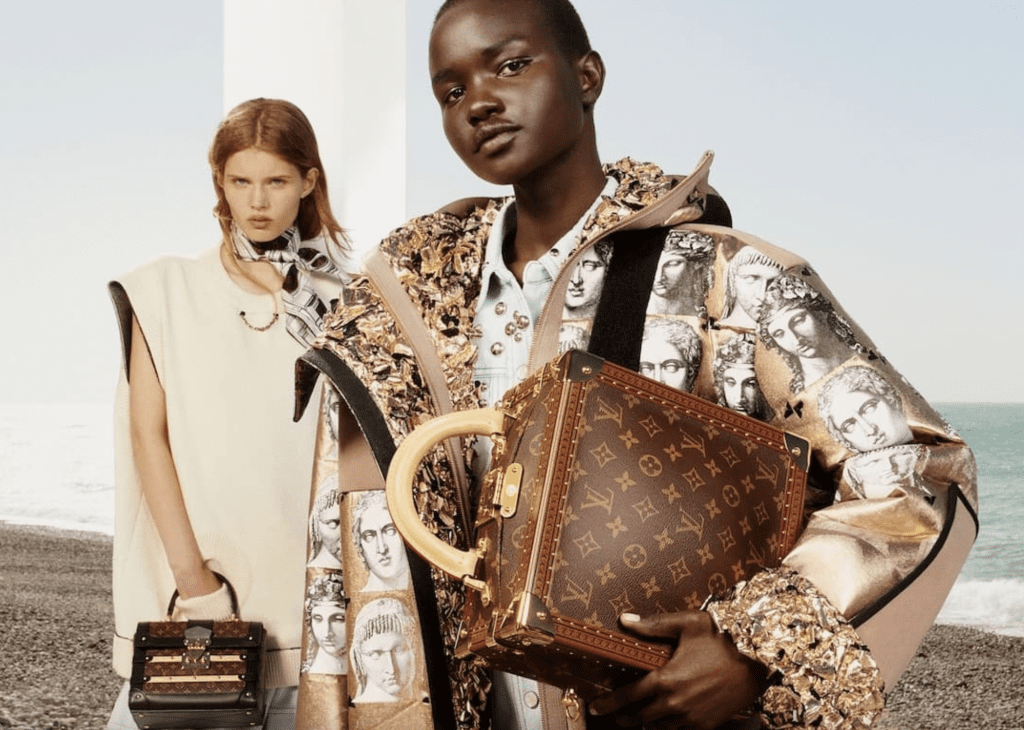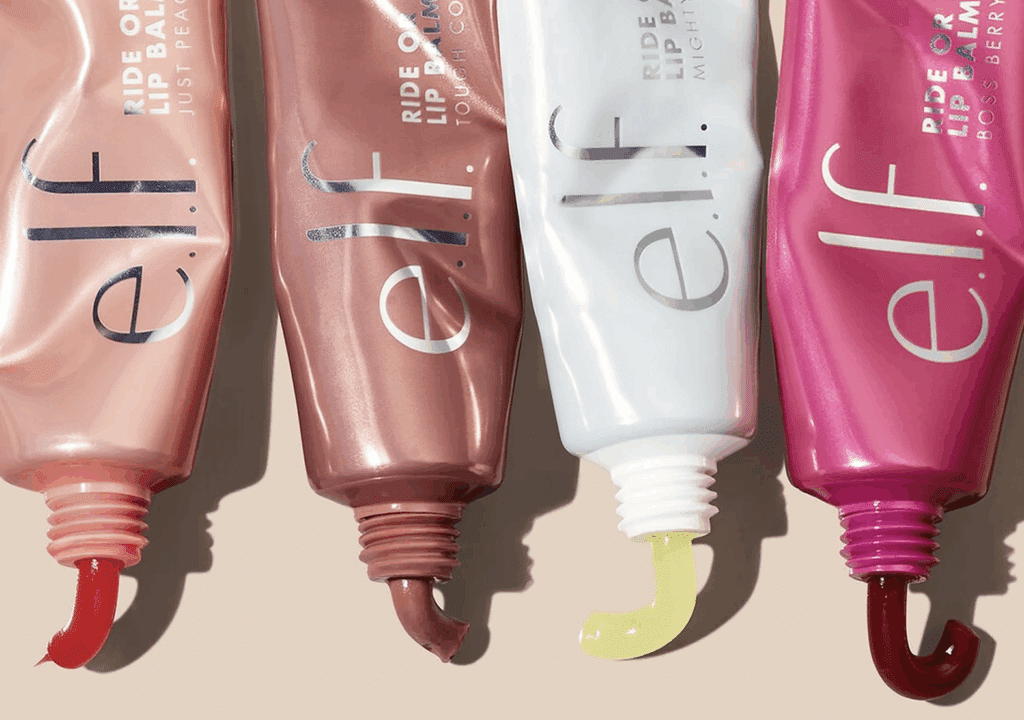Louis Vuitton has been handed a loss in its attempt to block the registration of a trademark that it claims looks a bit too much like one of its most well-known indicators of source. On the heels of initiating an opposition proceeding with the European Union Intellectual Property Office (“EUIPO”) in November on the basis that a mark that consists of an interlocking “N” and “L” is likely to confuse consumers about the source of the products upon which it appears (primarily, clothing, as well as belt clasps, zippers, and closures/buttons for clothing), the EUIPO’s Opposition Division has sided with the filing party, an unaffiliated individual named Aina Yang.
In a decision dated January 14, the EUIPO’s Opposition Division rejected Louis Vuitton’s opposition in its entirety, determining that while the goods identified in Yang’s application are identical to those offered up by Louis Vuitton and the two marks are similar to a “low degree,” there is “no likelihood of confusion on the part of the public.” Comparing Louis Vuitton’s interlocking “LV” logo and Yang’s mark, which consists of “the two letters ‘NL’ or ‘LN’, [along with] the words ‘LOVES VITTORIO,’ [which] are depicted in smaller font, in regular, upper-case letters,” the EUIPO asserted that the similarly at play largely rests on the fact that both marks “have the letter ‘L’ in common and they coincide partially in the two letters’ stylization, namely, in the fact that the letter ‘L’ is in italics [in both marks] and that the two letters are juxtaposed.”
Despite the common stylization of the two marks, the European Union trademark body held that even if the stylization used in both marks is, in fact, similar, consumers will still “perceive such stylization as merely a decorative depiction of the verbal elements,” as they are “accustomed to the stylization of verbal elements in trademarks.” As such, the EUIPO stated that “the mere use of a similar stylization, in the presence of different elements of the signs, is not sufficient to lead the relevant public to think that the goods at issue can originate from the same or an economically linked undertaking.”

The EUIPO goes further here, shedding light on how consumers are likely to view “a fanciful stylization of a verbal element.” According to the trademark office’s Opposition Division, consumers “tend to find the easiest way to address [marks] and based on their common knowledge and previous experience of the market, they will [likely] perceive a sign beyond its stylization” and view it “as a string of letters forming a verbal element.” Therefore, despite the stylization of the “LV” and “NL” marks, “The relevant public will be able to perceive immediately the letters ‘LV’ (or ‘VL’) in the earlier mark and ‘NL’ (or ‘LN’) in the contested sign,” leaving little room for confusion.
With the likelihood of confusion analysis out of the way, the EUIPO’s Opposition Division turned its attention to whether Yang’s mark would take unfair advantage of – or would be detrimental to – the reputation of Louis Vuitton’s mark (i.e., a claim under Article 8(5) EUTMR). Its discussion on this front was short, however, as Louis Vuitton did not present evidence of the reputation of its logo in the European Union. “When the opposition is based on a mark with reputation within the meaning of Article 8(5) EUTMR, the opposing party must provide evidence showing, inter alia, that the mark has a reputation, as well as evidence or arguments showing that use without due cause of the contested trademark would take unfair advantage of, or be detrimental to, the distinctive character or the repute of the earlier trademark,” the EUIPO stated in its decision.
Because Louis Vuitton failed to meet the deadline to submit “any evidence concerning the reputation of the trademarks on which the opposition is based,” the EUIPO stated that the opposition “must be rejected as unfounded insofar as this ground is concerned.”
With the foregoing in mind, the EUIPO’s Opposition Division sided with Yang and dismissed the opposition in full in what Jérôme Tassi, a partner at Paris-based firm AGIL’IT, calls a “surprising” decision when it comes to the protection of Louis Vuitton’s logo. Reflecting on the outcome of the opposition, Tassi states that “the absence of likelihood of confusion is questionable because it is doubtful that the relevant public will perceive a clear difference between the [two parties’] initials, especially since the initials of LOVES VITTORIO are LV.”
“The decision must, however, be put into perspective,” he says, as “Louis Vuitton did not argue that the initials LV enjoy a reputation and did not provide any evidence to demonstrate its reputation on the basis of Article 8(5).” If Louis Vuitton had presented evidence of the reputation of the LV mark, “it is likely that the opposition would have been decided in its favor.”














